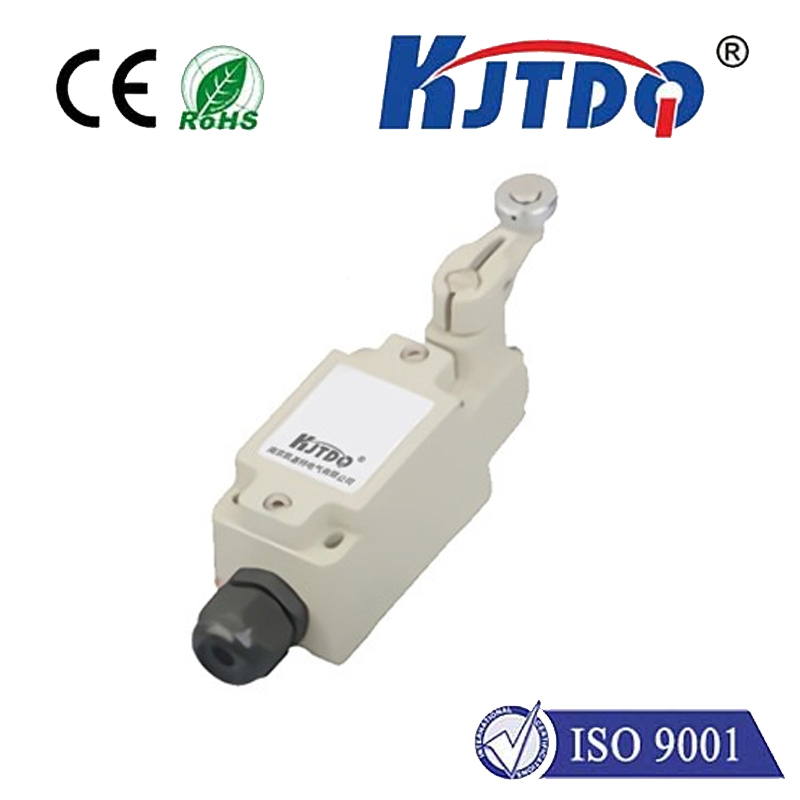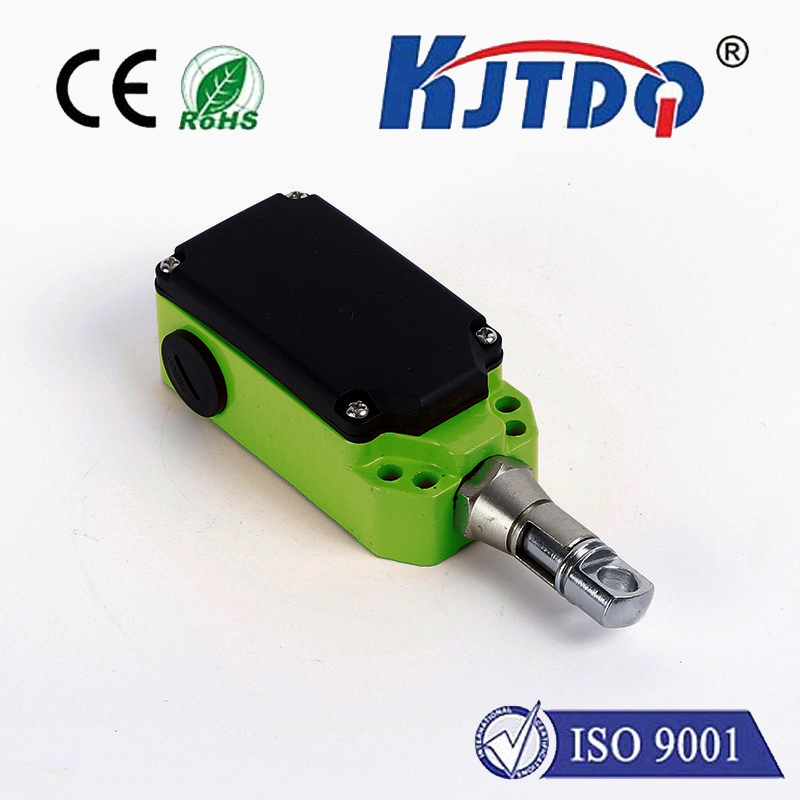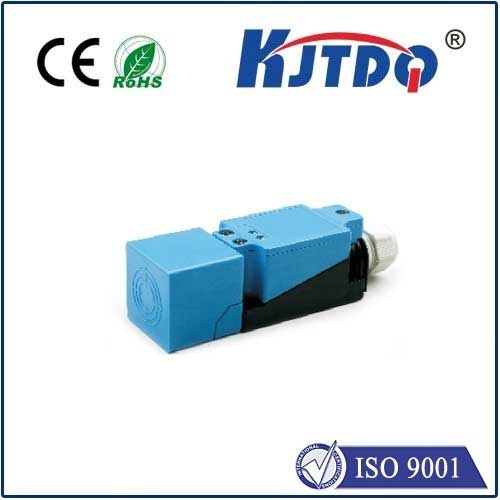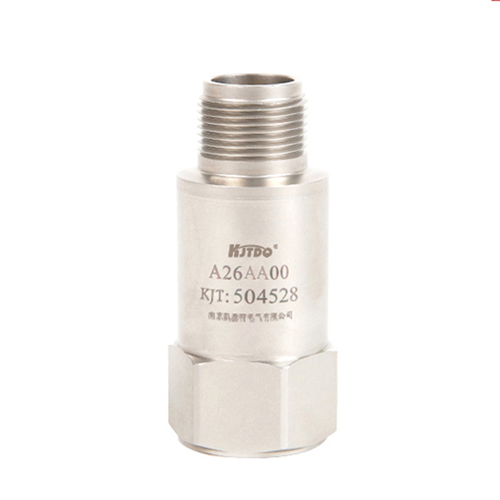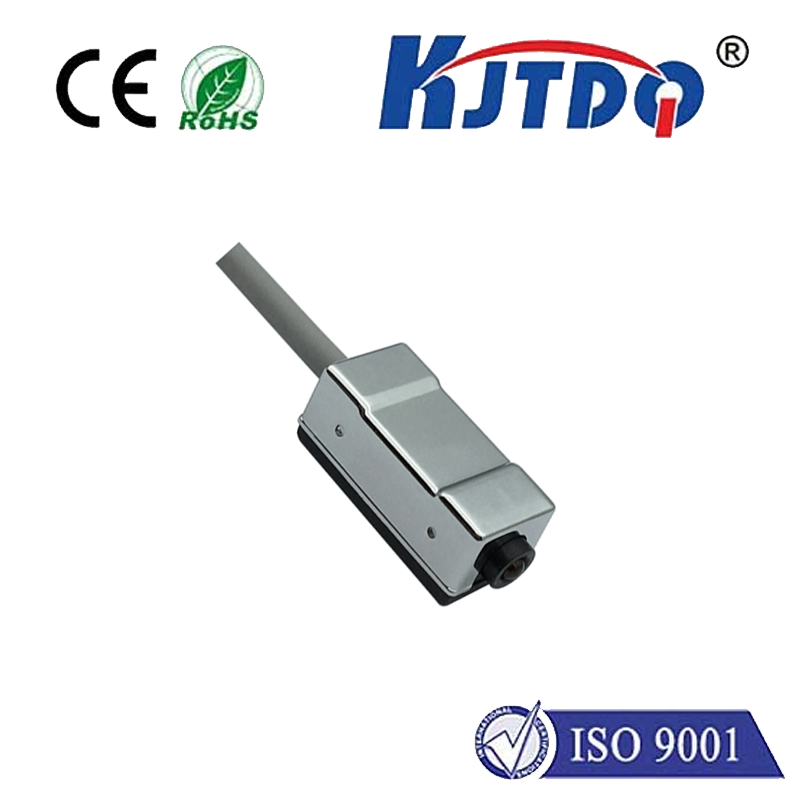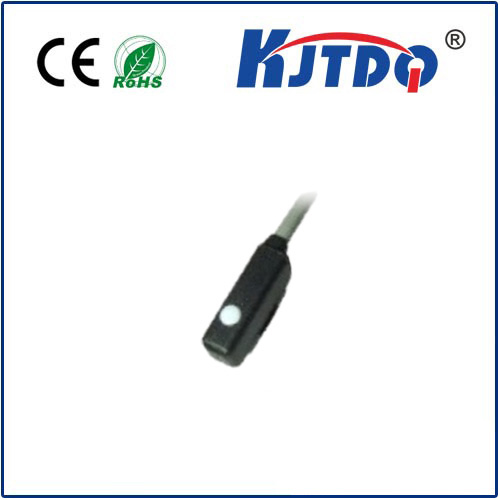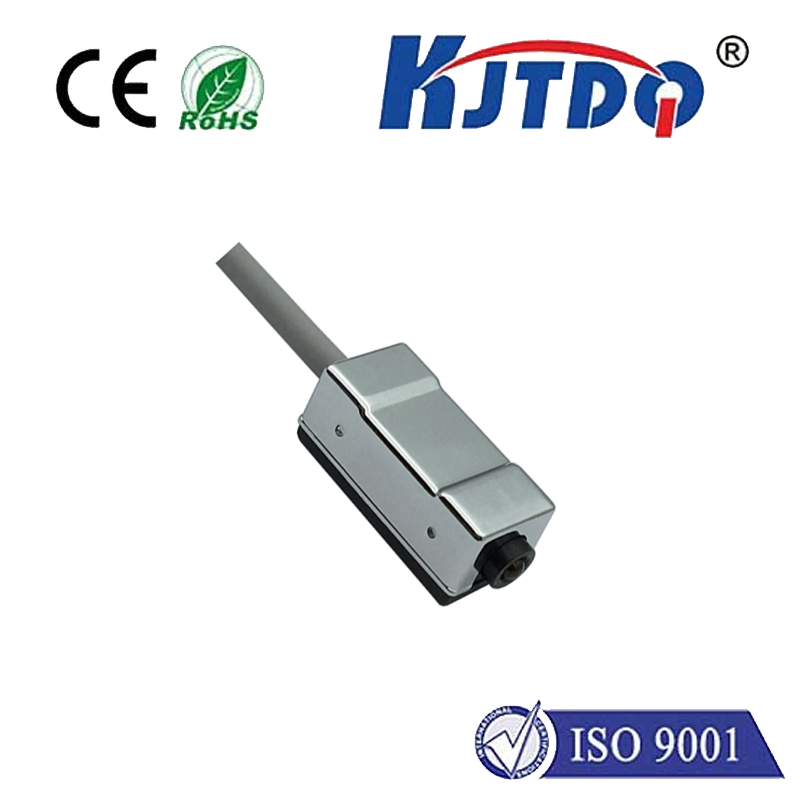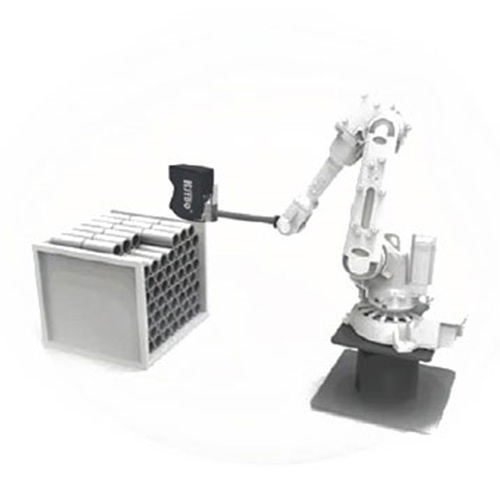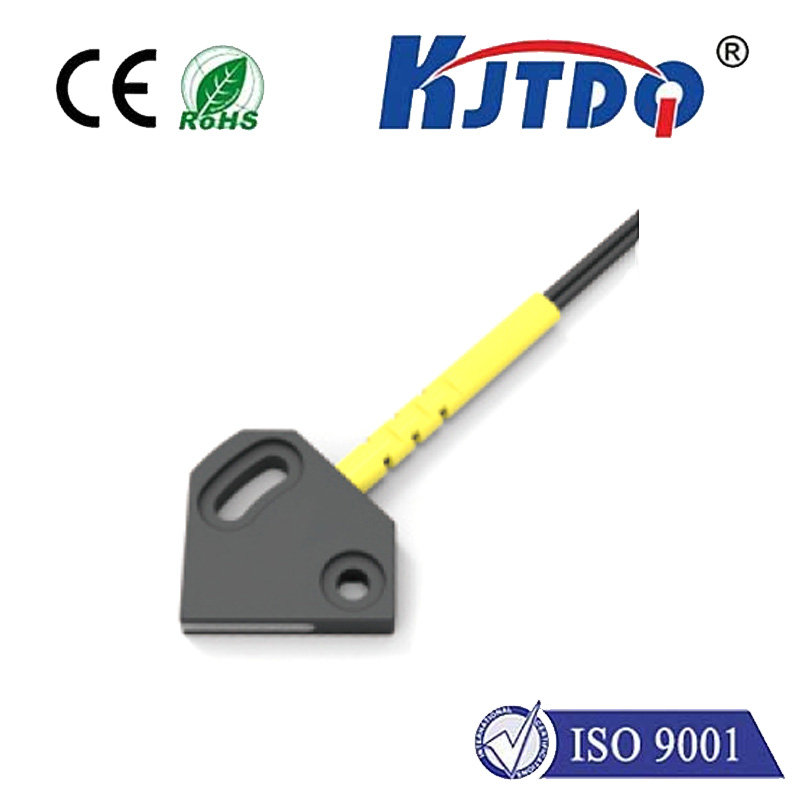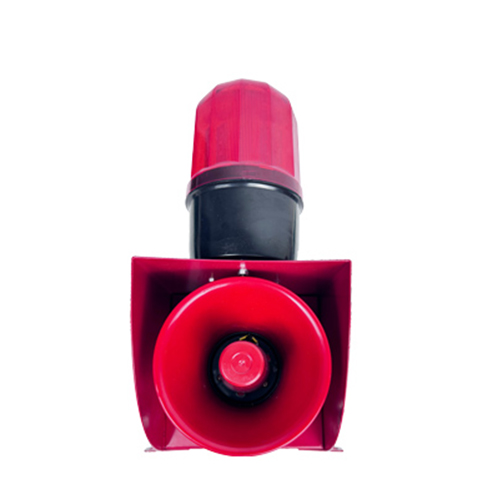turck proximity sensor
- time:2025-07-01 12:10:00
- Click:0
Turck Proximity Sensors: The Unseen Guardians of Industrial Precision
Imagine machinery moving with relentless speed, robotic arms performing intricate tasks, and production lines humming 24⁄7. Behind this seamless operation, countless unseen sentinels work tirelessly. Among the most critical are proximity sensors – the eyes of automation, detecting presence, absence, or position without physical touch. When reliability, durability, and precision are non-negotiable, Turck proximity sensors consistently rise to the challenge, becoming a cornerstone in industrial settings worldwide.
What Exactly Are Proximity Sensors?
At their core, proximity sensors are electronic devices designed to detect the presence or absence of an object within a specific range without requiring physical contact. This non-contact operation is their defining characteristic, eliminating wear and tear and ensuring longevity in demanding applications. They achieve this detection through various principles, primarily inductive, capacitive, and magnetic.

- Inductive Proximity Sensors: These are the undisputed workhorses for detecting metal objects. They generate an electromagnetic field. When a metallic target enters this field, it induces eddy currents, causing a change in the sensor’s oscillation amplitude. This change is detected, and the sensor switches its output state. Turck excels here, offering a vast range optimized for different metals, detection distances, and challenging environments.
- Capacitive Proximity Sensors: Capable of detecting virtually any material – liquids, plastics, powders, wood, and metals – capacitive sensors measure changes in capacitance. The sensor and the target act as the plates of a capacitor. As the target approaches, the capacitance increases, triggering the output. Turck’s capacitive sensors are invaluable for level detection, material presence, and applications involving non-metallic substances.
- Magnetic Proximity Sensors: These detect permanent magnets. Often used where physical contact is impossible or where extreme temperatures exist, they respond to the presence of a magnetic field. Common applications include cylinder position sensing (using magnet-equipped pistons) and door/window monitoring.
Why Turck Proximity Sensors Stand Apart in the Industrial Landscape
Choosing sensors for industrial automation isn’t just about functionality; it’s about resilience, consistency, and long-term performance. Turck has built its reputation on exceeding expectations in these critical areas:
- Unmatched Durability & Environmental Resilience: Industrial environments are harsh. Turck sensors are engineered to withstand them. Look for features like robust metal or high-grade PBT housings, exceptional IP67, IP68, and IP69K ratings for protection against dust, water jets, and high-pressure cleaning, and resistance to oils, coolants, and many chemicals. They thrive where others fail.
- Electromagnetic Compatibility (EMC) Excellence: Electrical noise from motors, drives, and welding equipment is pervasive on factory floors. Turck’s proprietary technologies, like FACT (Frequency Agility Chopping Technique), ensure superior interference immunity. This translates to rock-solid, reliable switching even in electrically noisy environments, minimizing false triggers and costly downtime.
- Precision Engineering & Consistent Performance: Turck doesn’t compromise on accuracy. Their sensors boast tight switching distance tolerances and minimal temperature drift. This precision detection is crucial for applications demanding exact positioning or repeatable processes.
- Global Standards & Certifications: Meeting international safety and performance standards is paramount. Turck proximity sensors typically boast CE, UL, CSA, ATEX, IECEx, and other key certifications, facilitating their use in diverse markets and critical safety-related applications globally.
- Extensive Range & Flexibility: No two applications are identical. Turck offers an incredibly wide portfolio of proximity sensors: miniature sizes for confined spaces, large sensing ranges for specific needs, shielded and unshielded versions, diverse output types (NPN, PNP, analog IO-Link, Namur), and connection options (cable, M8, M12 connectors). This ensures you find the perfect sensor for the job.
- Innovation & Smart Features: Turck is at the forefront of sensor technology. Their offering extends beyond basic switching with IO-Link enabled sensors. This transforms a simple proximity sensor into a smart device capable of transmitting detailed diagnostic data (operating hours, temperature, supply voltage health) and enabling remote parameterization, paving the way for predictive maintenance and Industry 4.0 integration.
Where Turck Proximity Sensors Prove Essential
Their versatility makes them ubiquitous across industries. Common critical applications include:
- Position Verification: Confirming the presence/position of parts on conveyors, in fixtures, or within machines.
- Object Counting: Tracking production counts on high-speed lines.
- End-of-Travel Detection: Safely limiting the movement of cylinders, slides, or actuators.
- Level Detection: Monitoring fill levels of liquids or bulk materials in tanks, hoppers, or silos (using capacitive sensors).
- Speed Monitoring: Sensing gear teeth or shaft rotation for RPM measurement.
- Machine Safety: Providing input signals for safety interlocks on guards and doors.
- Robotics: Precise detection for pick-and-place operations and tool positioning.
Selecting the Right Turck Proximity Sensor: Key Considerations
To maximize performance, consider these factors when choosing:
- Target Material: Metal? Use inductive. Non-metal/liquid? Use capacitive. Magnetic field? Use magnetic.
- Required Sensing Distance (Sn): How far away does the sensor need to detect the target? Turck offers standard and extended range options.
- Operating Environment: Assess factors like temperature extremes, potential for impact, exposure to chemicals, water, dust, and electrical interference. Match the sensor’s IP rating, housing material, and EMC specifications accordingly.
- Size Constraints: Is space limited? Turck’s extensive range includes miniature sensors ideal for tight spots.
- Electrical Requirements: Supply voltage (10-30V DC common), output type (PNP/NPN transistor, analog, IO-Link), and output current rating.
- Mounting: Consider flange, flush, or non-flush mounting capabilities based on the application and surrounding metal.
- Special Requirements: Do you need high-temperature variants (>100°C)? Namur outputs for intrinsically safe circuits? IO-Link connectivity? LED status indicators?
In the relentless world of industrial automation, precision and reliability are paramount. Turck proximity sensors embody these qualities, acting as the silent, dependable sentinels ensuring processes run smoothly, efficiently, and safely. Their rugged construction, advanced features like FACT technology, adherence to global standards, and unparalleled range make them the intelligent, robust choice for engineers seeking to eliminate unplanned downtime and optimize performance. When detection must be flawless, Turck delivers the confidence industry demands.






